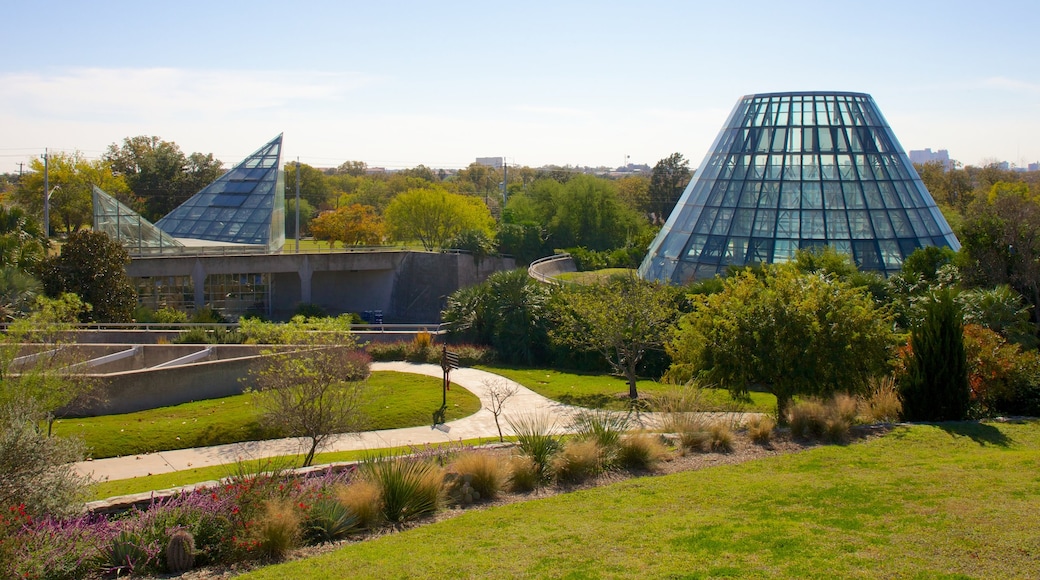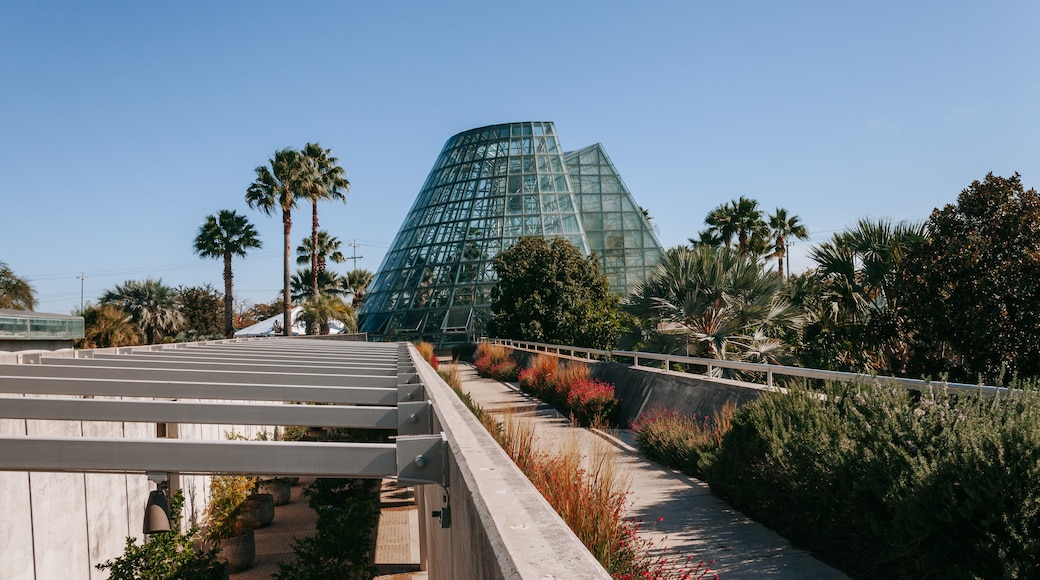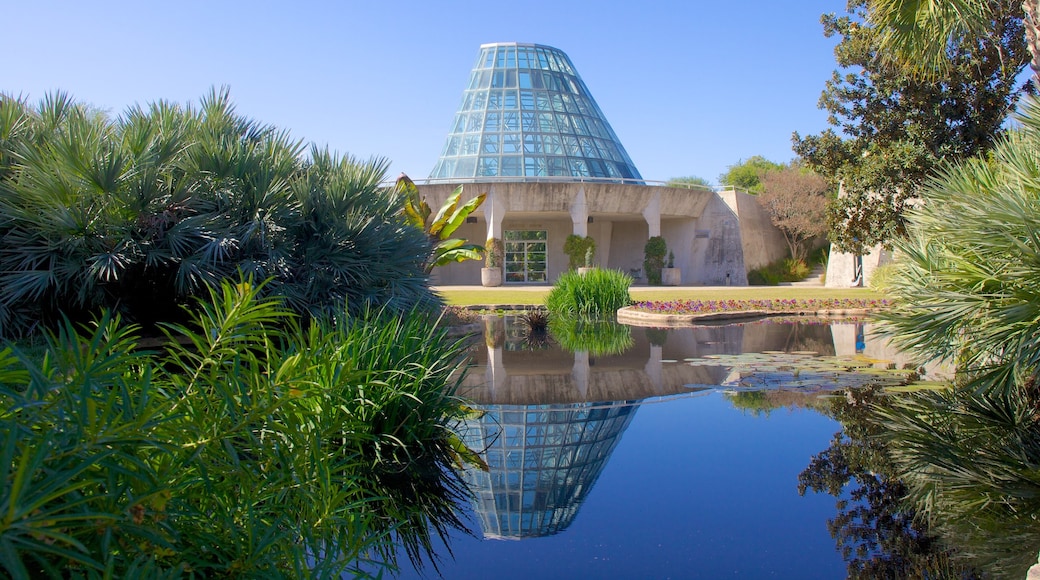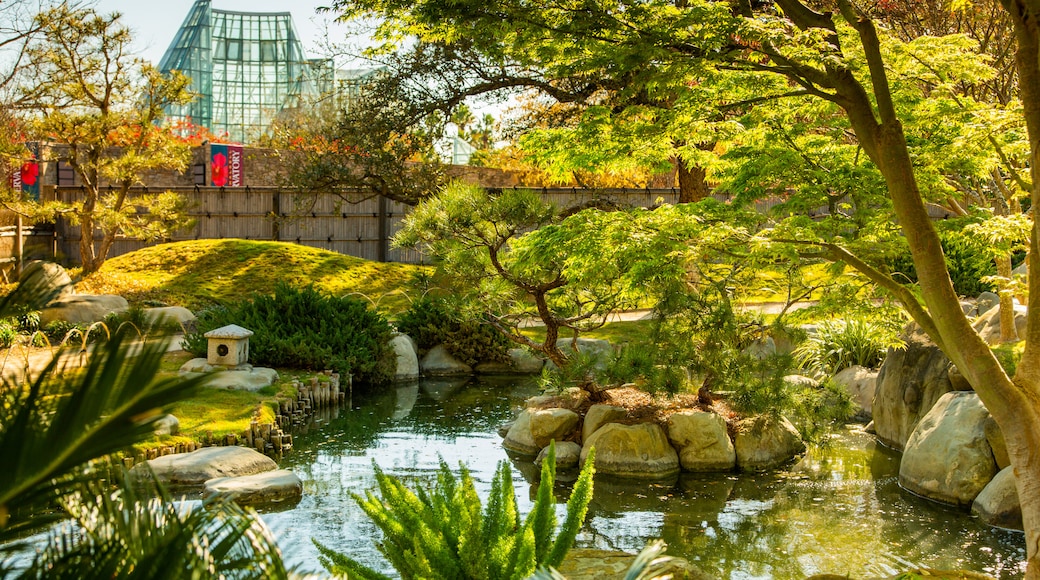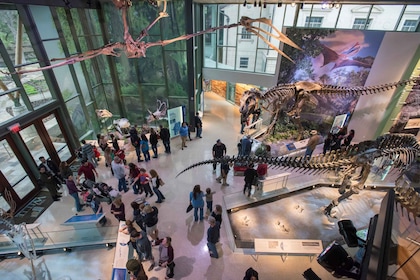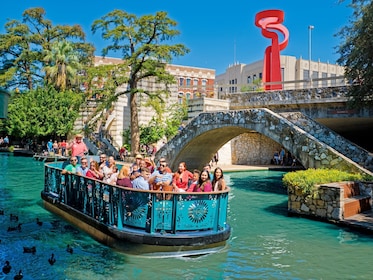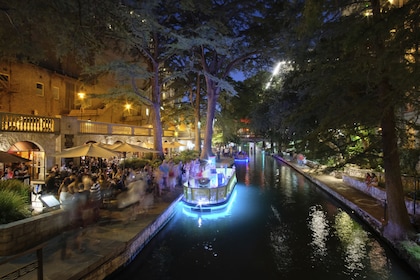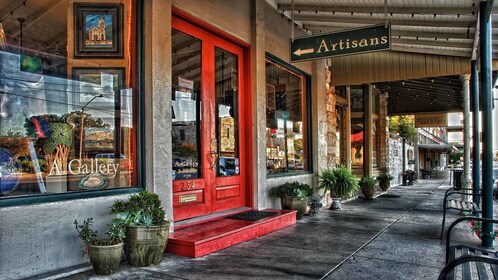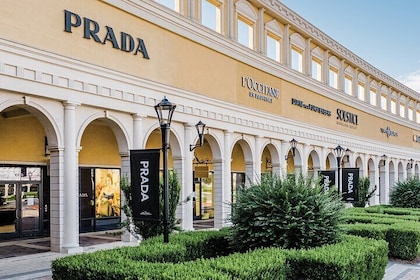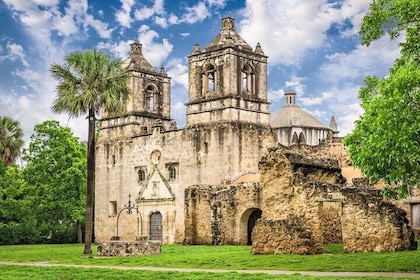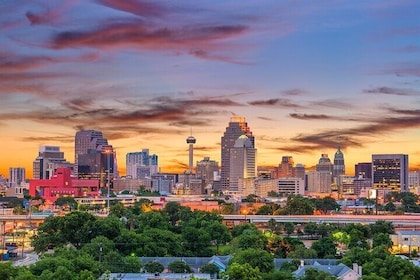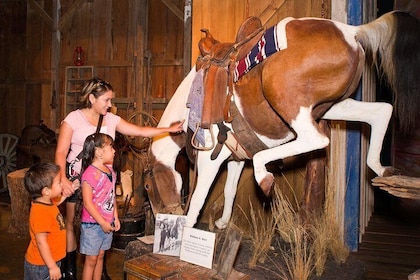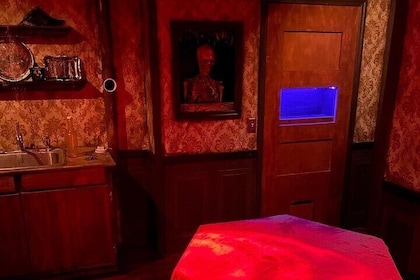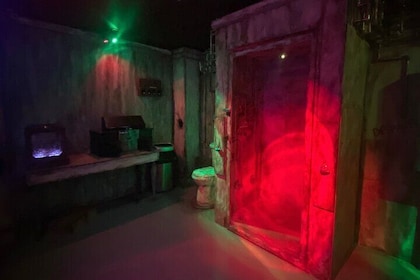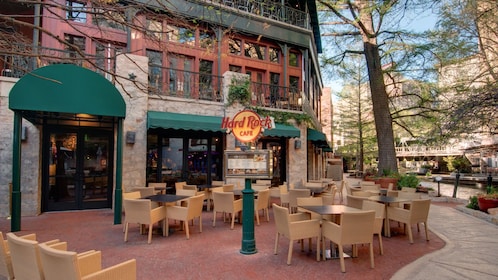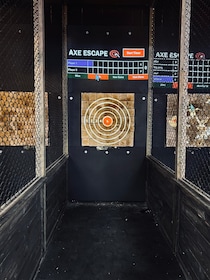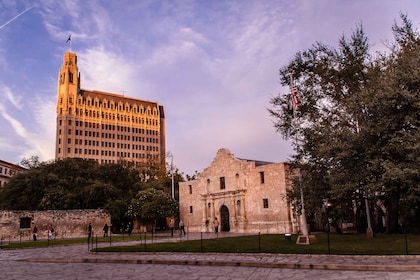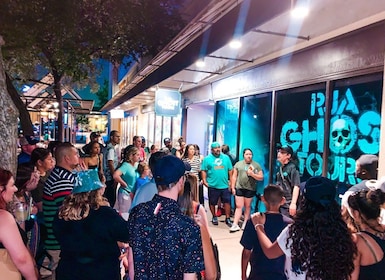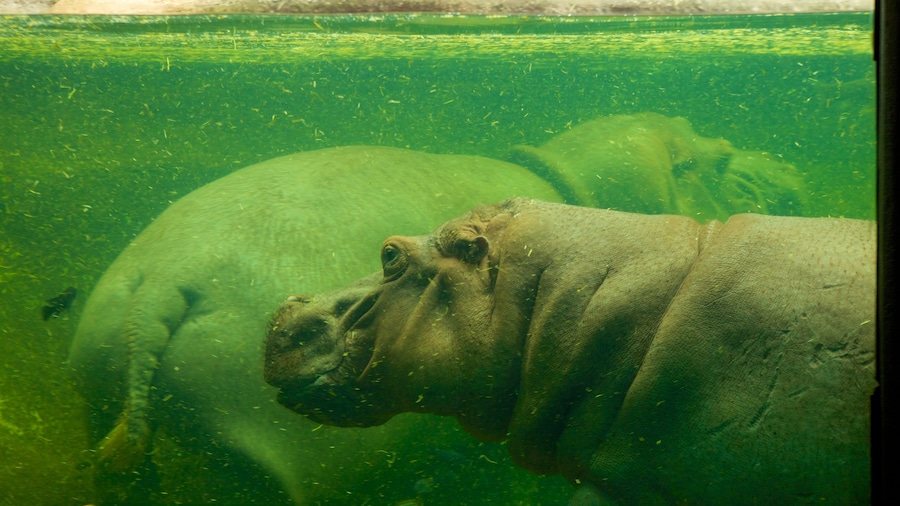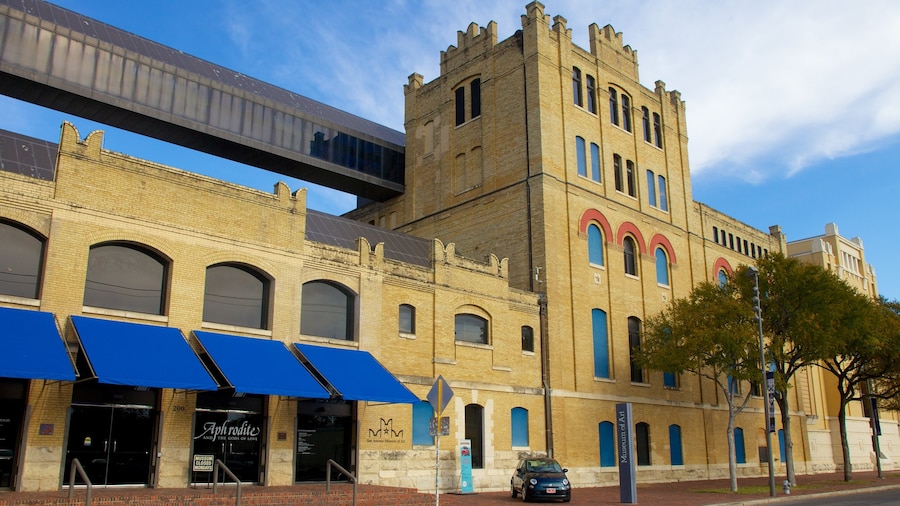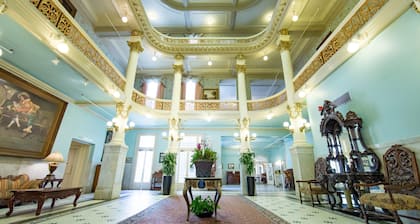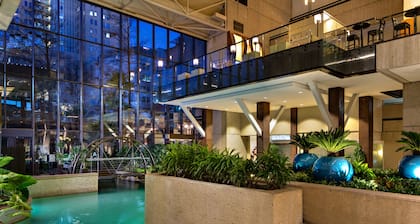It’s hard to believe there could be so many birds in the confines of the city but there are hundreds of different species in the 38-acre (15-hectare) San Antonio Botanical Gardens. A useful guide can be printed off from the official website. Was that a black-bellied whistling duck or a downy woodpecker? It’s all there on the Birding Checklist, which makes for a fun activity for amateur bird-watchers of all ages.
The Texas Native Trail, the main path, winds through three distinct landscapes of native plants: South Texas, Hill Country and East Texas Piney Woods. Almost everything is signposted, with interesting information about the type of plant — such as cacti, flowers and ferns — and their uses by birds, animals and people, including Native Americans and modern city dwellers. Early Texan houses have been reconstructed on site as part of the regional theme.
These gardens sit on what was once the San Antonio Water Works. It became city land in 1899 but a master plan for a botanical garden wasn’t developed until the late 1960s. The initial project was completed in 1980. A $6.9 million conservatory was added in 1988 and today consists of several greenhouses packed with a range of speciality plants, including tropical fruits, ferns and succulents. Photographers will enjoy capturing images of the beautiful and unusual plants here. The greenhouses surround a sunken courtyard and tropical lagoon, perfect for sitting and cooling off on a hot day.
There are formal and display gardens that change seasonally come in late April to catch the roses in bloom. There’s a small entrance fee, but all funding goes back into the gardens.
The Carriage House Bistro is open for lunch Tuesday to Friday, and brunch on Saturday and Sunday. You’ll often find locals here on weekends, enjoying brunch in one of the most relaxing locations in town.
